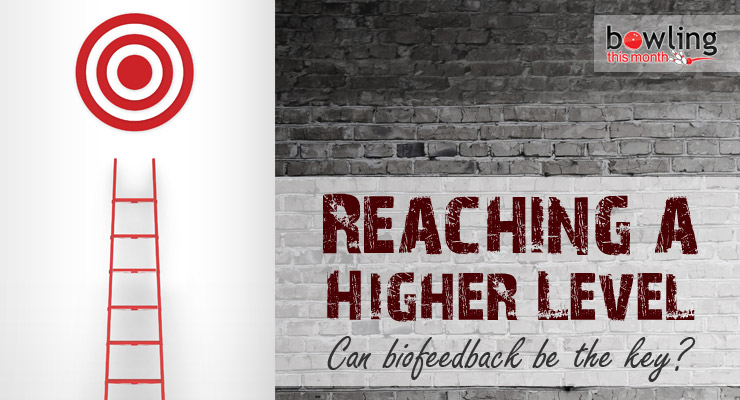Article Contents
- 1. The seriousness of pre-competition anxiety
- 2. Unregulated awareness leads to physical issues
- 3. What is biofeedback?
- 4. Sport performance improvement with biofeedback
- 5. A simple technique to slow the heart and foster alpha waves
- 6. Some inexpensive personal biofeedback options
- 7. Helpful resources
- 8. Biofeedback in use
- 9. References
Note: This article is only available to Bowling This Month subscribers.
To continue our understanding of how sport science can help bowlers reach a higher performance level, I share insight into biofeedback as a training tool. For peak performance, a bowler must be able to control physical response to a stressful situation. An individual will be destined for under-performance without a proactive response to an inability to execute quality shots. Biofeedback offers a mechanism to build awareness of our response to stress and a subsequent proactive intervention.
“Biofeedback is a technique you can use to learn to control your body’s functions, such as your heart rate. With biofeedback, you’re connected to electrical sensors that help you receive information (feedback) about your body (bio). This feedback helps you focus on making subtle changes in your body, such as relaxing certain muscles, to achieve the results you want, such as reducing pain. In essence, biofeedback gives you the power to use your thoughts to control your body, often to help with a health condition or physical performance. Biofeedback is often used as a relaxation technique.”
-Mayo Clinic
The seriousness of pre-competition anxiety
Hanton et al (2004) studied the influence of pre-competition anxiety from one week to thirty minutes before competition in 82 professional club and national level players in rugby union, soccer, and field hockey, aged 19 to 26.
For both groups, intensity of anxiety and frequency of intrusion increased in the same manner over the week. This illustrates that regardless of skill level, individuals face increased intensity of anxiety as the competition nears.
Somatic anxiety (physical response) increased over time peaking 30 minutes before the competition while cognitive anxiety (thoughts/worry/fear) varied over the week prior to the competition and peaked 30 minutes before the competition.
Clearly, this reality will not only impact the competition quality but also the quality of last ...
Already a premium member? Click here to log in.


